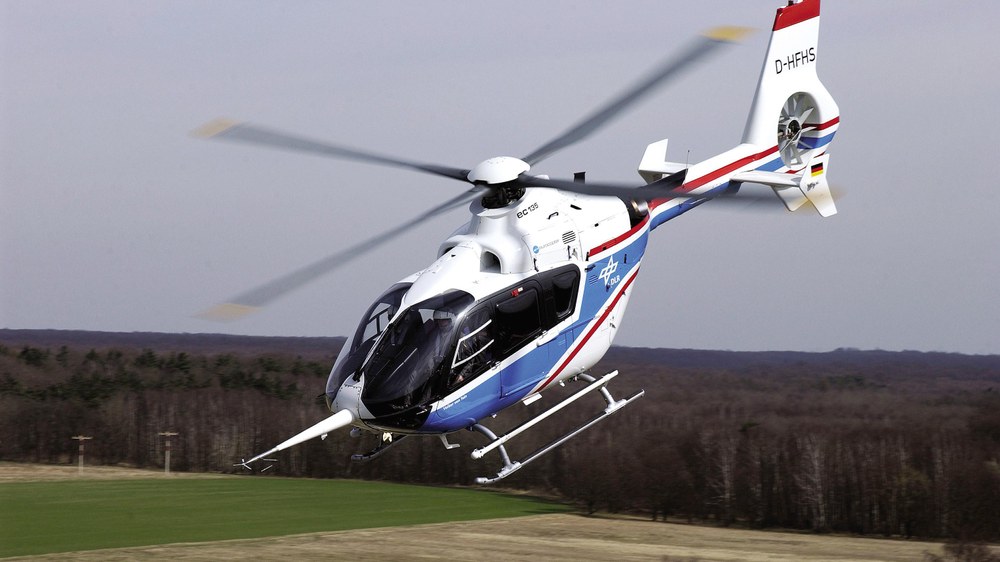Flight Control and FHS
The Flight Control and FHS (FHS - Flying Helicopter Simulator) group of the Helicopter department conducts research in the field of system identification, flight control and pilot assistance systems for rotorcraft. The research focuses on classic helicopter configurations with main and tail rotor as well as coaxial rotor helicopters, helicopters with Flettner configuration and rotorcraft configurations with additional rotors and propellers for thrust and lift generation as well as additional aerodynamically effective lift and control surfaces. In addition, the team is responsible for the scientific support of the DLR testbed ACT/FHS (Active Control Technology / Flying Helicopter Simulator) and the scientific monitoring of flight tests with this testbed.
Nowadays, the use of helicopters is still often limited and jeopardised by environmental conditions such as poor visibility caused by darkness, rain, fog, dust and snow landings (brown-out, white-out) or strong local wind phenomena and turbulence. The aim of the group's research work is to extend the operational capability of aircraft (all-weather capability 24/7), increase mission effectiveness in civil and military missions and ensure flight safety in challenging missions with the help of assistance systems and automation. The integration and interaction of environment recognition using various sensors (cameras, infrared sensors, LiDAR, radar, etc.), the intuitive presentation of information on displays and head-mounted vision systems and the automation functions play a decisive role here. In the area of pilot assistance, the team utilises modern support systems such as head-mounted vision systems (e.g. HoloLens AR glasses) and active control elements (active sidesticks), which are integrated in the DLR simulator AVES and in the ACT/FHS and tested in flight. In addition, the group operates the flexible and modular simulator 2PASD (Dual Pilot Active Sidestick Demonstrator) as a cost-efficient rapid prototyping platform.
The team develops and tests flight control laws ranging from innovative autopilot functions to fully automatic trajectory following control (including automatic obstacle avoidance) with the aim of enabling the automatic flight of manned rotorcraft systems. The mathematical simulation models required for the design of these systems are obtained by the team using various methods of system identification and validated with real flight test data.
The Flight Control and FHS group also works on topics relating to passenger comfort, manned-unmanned teaming (MuM-T) and autonomy. The team is part of numerous national and international research projects and co-operations, both civil and military, and is a reliable partner with an international reputation .

